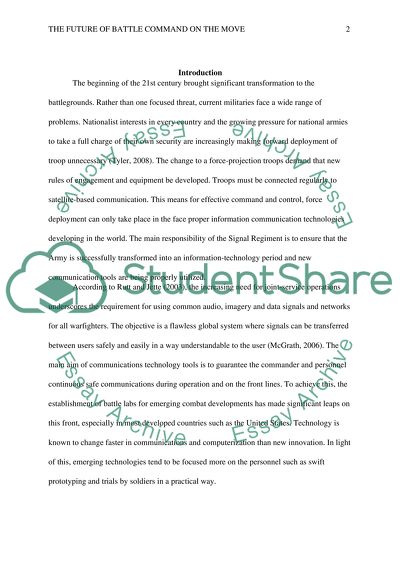Cite this document
(“Signal Role in Mission Command Research Paper Example | Topics and Well Written Essays - 1250 words”, n.d.)
Retrieved from https://studentshare.org/military/1459225-signal-role-in-mission-command
Retrieved from https://studentshare.org/military/1459225-signal-role-in-mission-command
(Signal Role in Mission Command Research Paper Example | Topics and Well Written Essays - 1250 Words)
https://studentshare.org/military/1459225-signal-role-in-mission-command.
https://studentshare.org/military/1459225-signal-role-in-mission-command.
“Signal Role in Mission Command Research Paper Example | Topics and Well Written Essays - 1250 Words”, n.d. https://studentshare.org/military/1459225-signal-role-in-mission-command.


